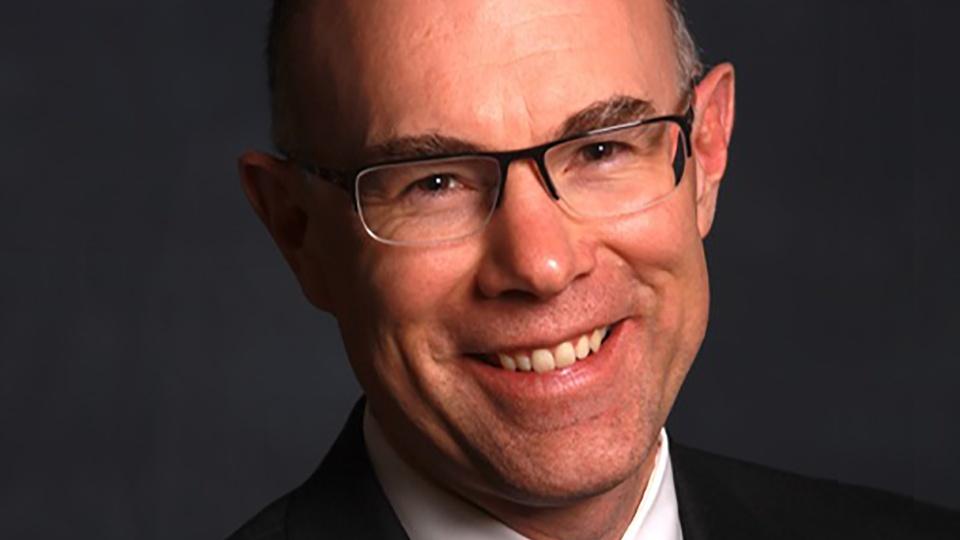
ART VIEWS
“Writing about music is like dancing about architecture.”
-Martin Mull
Fortunately for you, I’m not going to dance about architecture or anything else, but I am going to write about two upcoming concerts that in their own ways, employ both concepts.
On February 22nd and 23rd, the Reno Phil presents a concert entitled “Bruckner’s Romantic Symphony.” This name is derived from Anton Bruckner’s Fourth Symphony, subtitled “Romantic.” In this Bruckner bicentennial season, the Phil’s presentation of this epic work is both fitting and relatively rare. Bruckner is a fascinating composer whose career lived at the intersection of Brahms, Wagner, the church, provincial Austria, cosmopolitan Vienna, and a musical world that was still figuring out what a post-Beethoven reality looked like. In our age of TikTok attention spans, Bruckner’s music demands the investment of attention over time. Not the fifteen hours of Wagner’s four-opera Ring Cycle, but in this case, sixty-five minutes over four substantial movements. But this investment pays big returns. His symphonies are musical cathedrals, and they are constructed before your ears. Perhaps no other symphonist possessed Bruckner’s sense of symmetry and big-form pacing. His music is big and exciting, but it is also patient in its way.
How Bruckner, the “architect-of-sound,” creates these cathedrals of music is often through what one could call blocks or sections of sound. The strings and winds often serve as musical scaffolding, establishing harmonic and emotional structure through repetitive and rhythmic patterns and phrases. This supports the massive musical granite walls, ceilings, and domes that the brass puts in place. These truths lead to another interesting truth. Regarding the performance of Bruckner’s music: Brass players live for it. String players live through it. Since I am a string player writing about this musical architecture, I won’t dance around the fact that it can at times be physically painful to execute. This isn’t to say that that brass players don’t get tired or sore “chops” from a Bruckner symphony, but the glorious sounds that they dream about making as young students invigorates and inspires them. It has the same effect on audiences.
The rarity of experiencing a Bruckner symphony performed live in Reno is reason enough to attend this concert but wait…there’s more! Avery Fisher Career-Grant recipient, violinist Alexi Kenney, returns to the Pioneer stage to open the concert with Igor Stravinsky’s Violin Concerto and Mozart’s Rondo in C Major for violin and orchestra. One of the great young violinists of his generation, the Palo Alto native is in demand as a soloist around the world.
The Stravinsky Concerto is a 20th century masterpiece, but not a staple in the violin repertoire. A musical architect himself, Stravinsky’s concerto is streamlined in a modernist way that puts new wine into the old bottle of the violin concerto form. The five-minute Mozart is an energizing morsel before musicians and audiences climb the Bruckner mountain together.
Reno Phil “Bruckner’s Romantic Symphony”
Ankush Kumar Bahl, Conductor
February 22 (7:30 p.m.) and 23 (4:00 p.m.)
Pioneer Center for the Performing Arts
www.renophil.com
The following weekend, the Reno Chamber Orchestra invites you to a concert it is calling the “American Dance Party.” This concert not only features a whole lot of syncopated and compelling rhythms that make a person want to move, but it literally features dancing when the RCO collaborates with the dance program from UNR’s School of the Arts. Choreographed by Teaching Associate Professor Eve Allen Garza, Leonard Bernstein’s ballet “Fancy Free” will come to life on the Nightingale stage. The concert opens with the Overture to Scott Joplin’s opera “Treemonisha.” Known as the leading exponent of Ragtime, Joplin’s melodic and heavily syncopated music is an important pre-cursor to jazz and American music of the 20th century, for that matter. While pieces for solo piano like “The Entertainer” and “Solace” are Joplin’s most well-known, “Treemonisha” is an important piece in his canon. Written in 1910, but not premiered until 1972, the opera represented for Joplin a work that was both entertainment and “high art.” The instrumental overture is a rousing precursor to the Bernstein “Fancy Free.”
African American Pulitzer Prize-winning composer Michael Ables “Delights and Dances” (2007) comes next on the program. Ables has gained notoriety in recent years by composing the music for Jordan Peele’s award-winning movies “Get Out,” “Us,” and “Nope.” His Pulitzer is for his powerful opera “Omar.” “Delights and Dances” is a work for string quartet and orchestra, which will show off the virtuosity of RCO principals Ruth Lenz, Margaux Maloney, Dustin Budish and Peter Lenz.
The concert concludes with music by two composers on the Mt. Rushmore of American music, Duke Ellington and George Gershwin. Ellington is one of history’s most prolific composers and most of his output was written for his incredible jazz band. Arranger Stephen Prustman has orchestrated three of his songs for chamber orchestra. After the Ellington, RCO principal keyboardist James Winn takes a solo turn on George Gershwin’s “I Got Rhythm Variations,” arranged for smaller orchestra by Iaian Farrington.
In total, this concert presents a remarkable portrait of American music past and present. It showcases the energy, diversity, and artistry of our unique musical tradition, while featuring the talents of the Reno Chamber Orchestra’s musicians.
As a proud member of both “bands,” I invite you to join us for the Reno Phil’s “Bruckner’s Romantic Symphony” and the Reno Chamber Orchestra’s “American Dance Party” concerts.
Reno Chamber Orchestra “American Dance Party”
Kelly Kuo, conductor
March 1 and 2
Nightingale Concert Hall, University of Nevada
www.renochamberorchestra.org
Scott Faulkner is principal bassist of the Reno Phil and the Reno Chamber Orchestra.

ART VIEWS
Mr. Terris: A Remembrance by Scott Faulkner — January 3, 2025
‘Tis the Season by Scott Faulkner — November 22, 2024
League of American Orchestras by Scott Faulkner — September 6, 2024
Time in Music by Scott Faulkner — August 2, 2024
Ruth Lenz by Scott Faulkner — May 24, 2024
Exploring Mahler’s Symphony No. 5 by Scott Faulkner — April 19, 2024
The Meaningful Connection Provided by Music by Scott Faulkner — March 15, 2024
Meet Reno Phil President and CEO Aaron Doty by Scott Faulkner — February 9, 2024
Looking Ahead at 2024 by Scott Faulkner — January 5, 2024
NCMF 20th by Scott Faulkner — November 24, 2023
Reno Phil Concert Preview by Scott Faulkner — October 13, 2023
Reno Phil CEO Search by Scott Faulkner — July 28, 2023
Reno Phil Concerts This Summer by Scott Faulkner — June 23, 2023
Songs about Spring by Scott Faulkner — March 10, 2023
Bowing by Scott Faulkner — February 3, 2023
Nevada Chamber Music Festival's Holiday Gift by Scott Faulkner — December 23, 2022
Thankful for Christmas Music by Scott Faulkner — November 25, 2022
Incredible Alumni from Essentials of Orchestra Management Seminar by Scott Faulkner — October 21, 2022
Falling for Orchestra: A Season of Events by Scott Faulkner — September 23, 2022
Thoughts on Leadership by Scott Faulkner — August 26, 2022
Greetings from New York City! by Scott Faulkner — July 29, 2022
H. Elizabeth Lenz by Scott Faulkner — July 1, 2022
A Thousand Blended Notes by Scott Faulkner — June 3, 2022
Music Not to be Missed in May by Scott Faulkner — May 6, 2022
Classical Music Galore by Scott Faulkner — April 8, 2022
Chord Changes by Scott Faulkner — April 1, 2022
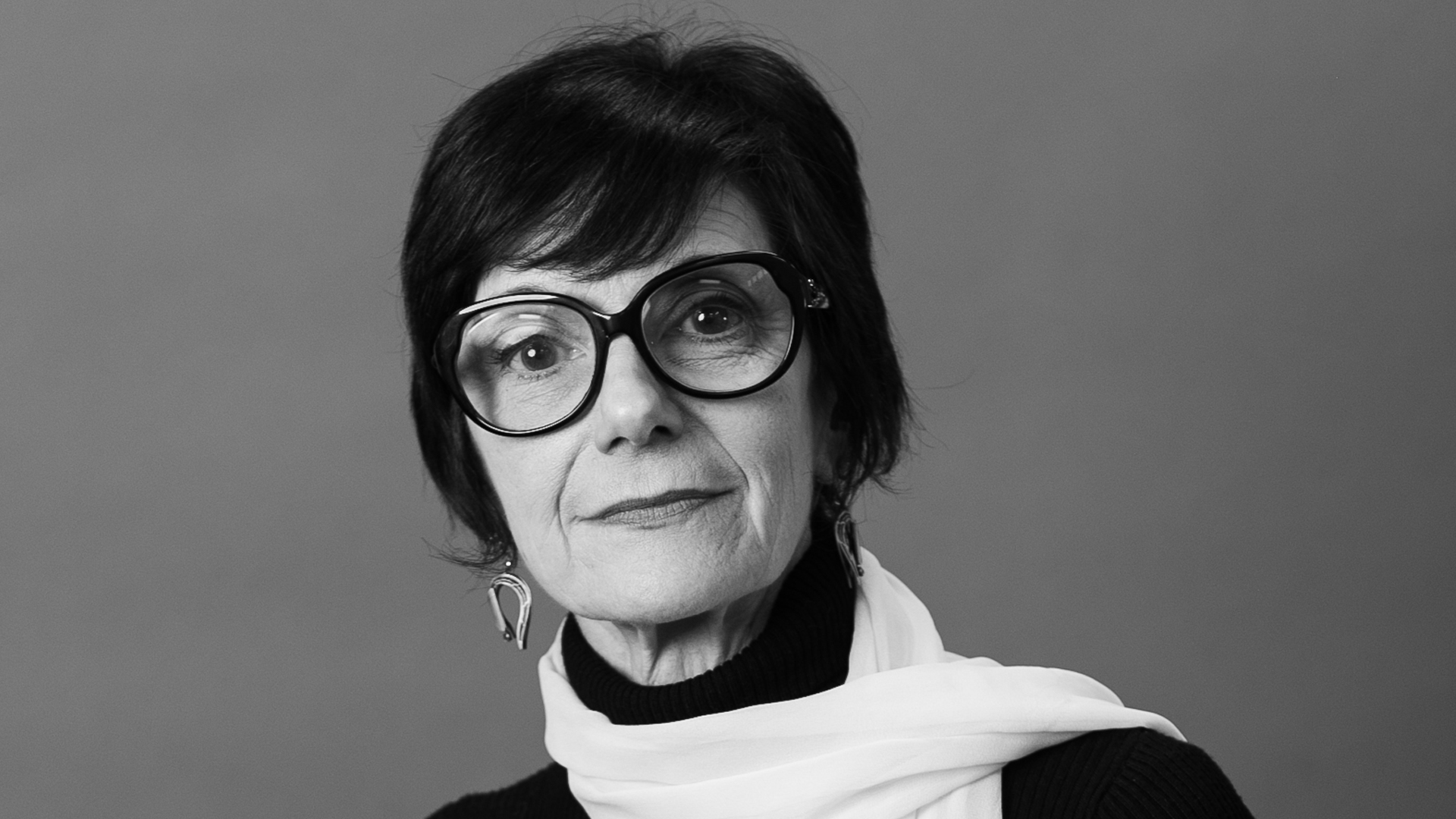
ART VIEWS
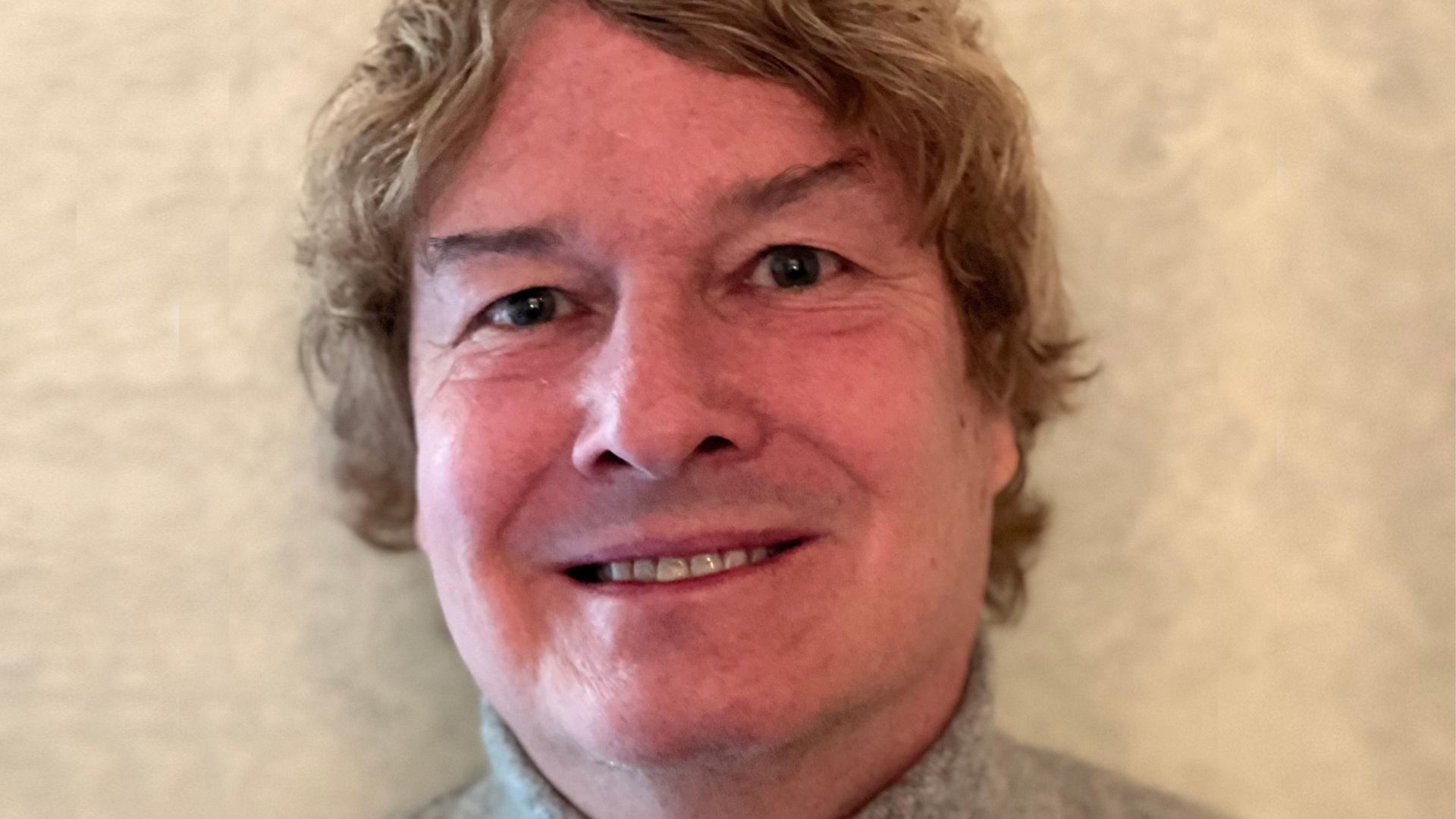
ART VIEWS
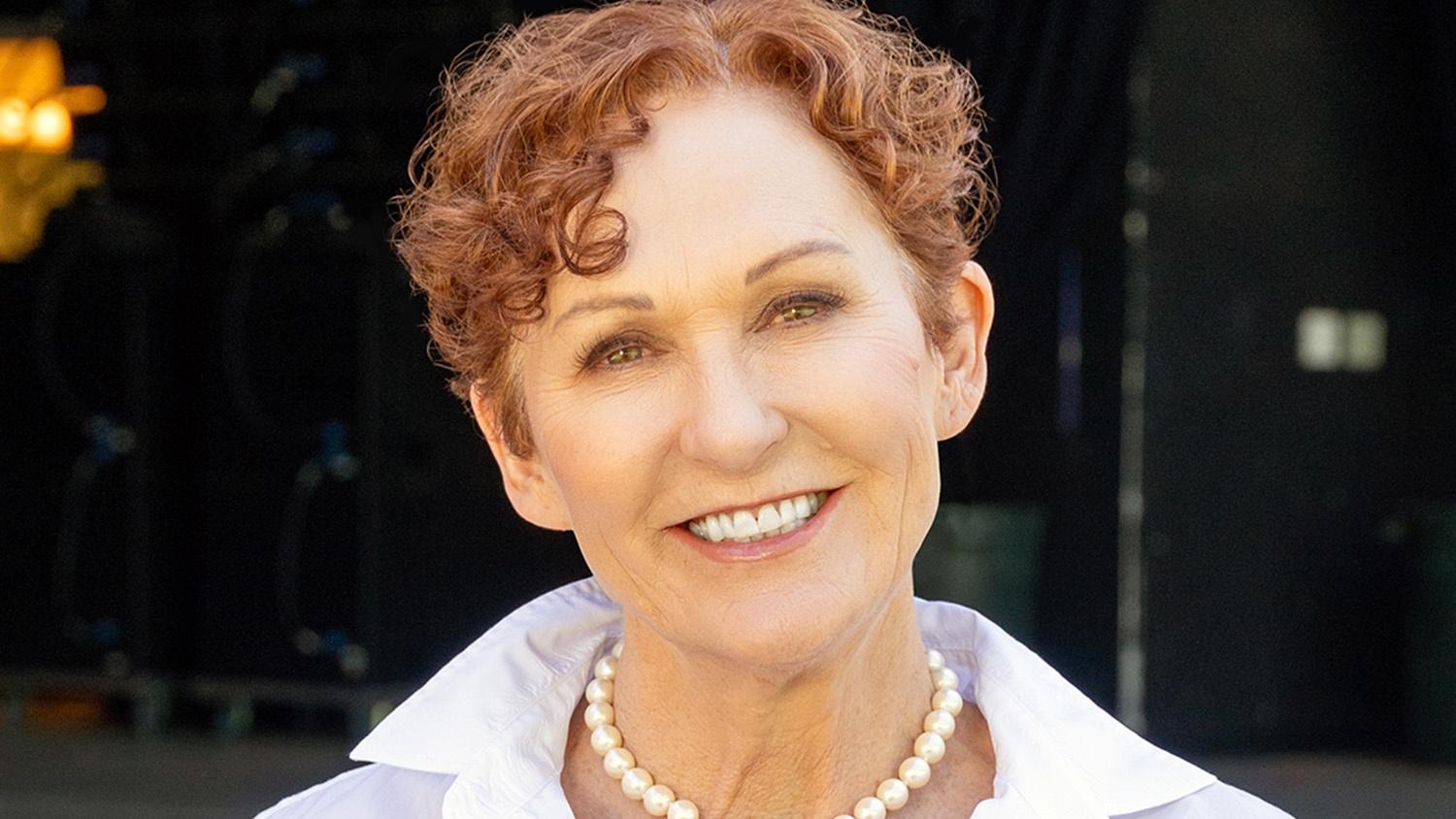
ART VIEWS
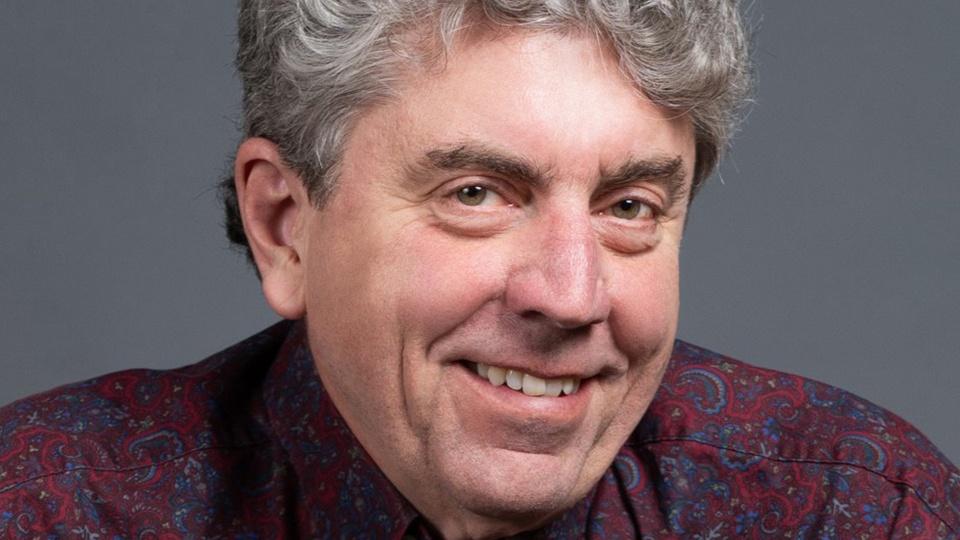
ART VIEWS
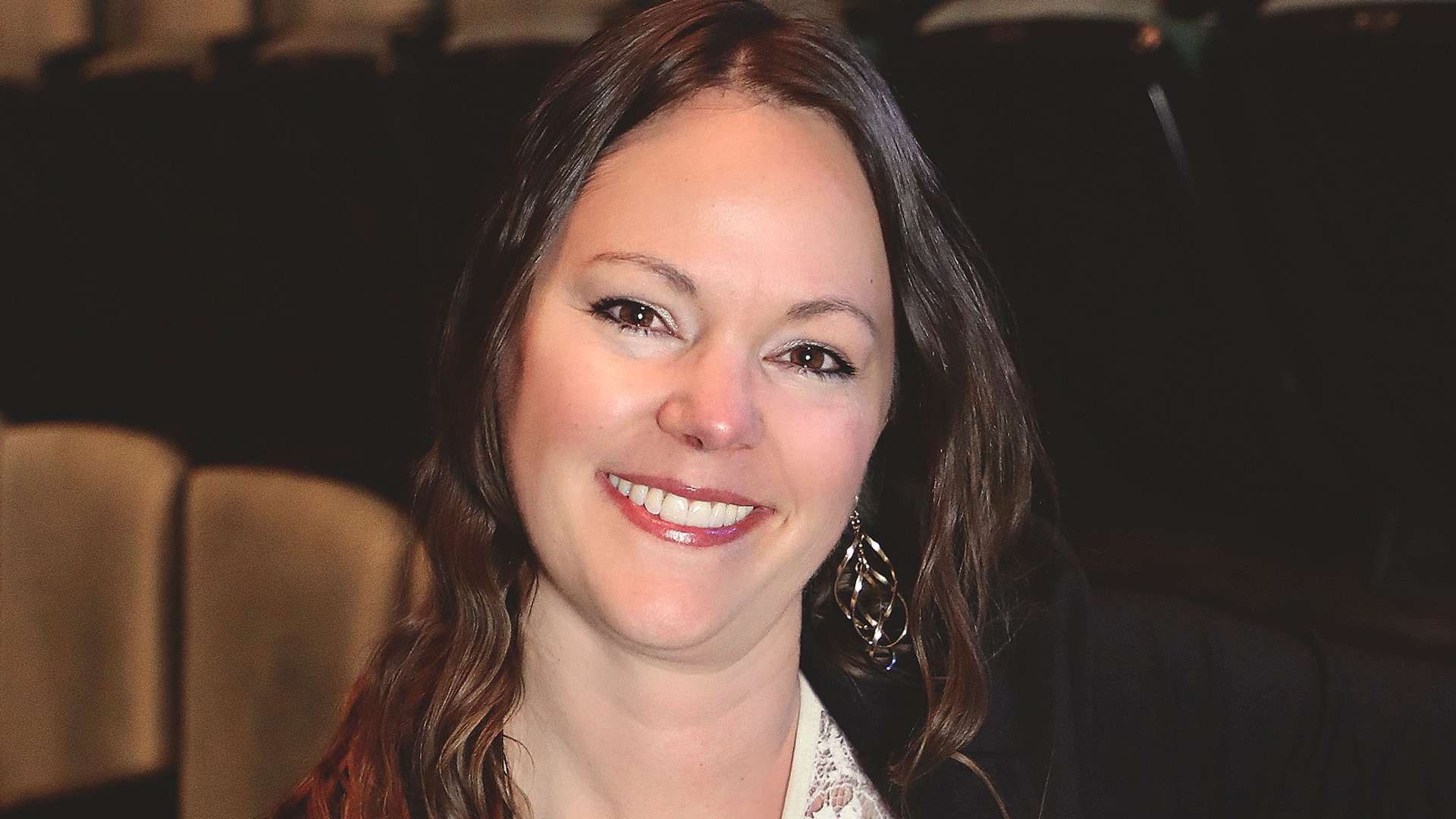
ART VIEWS